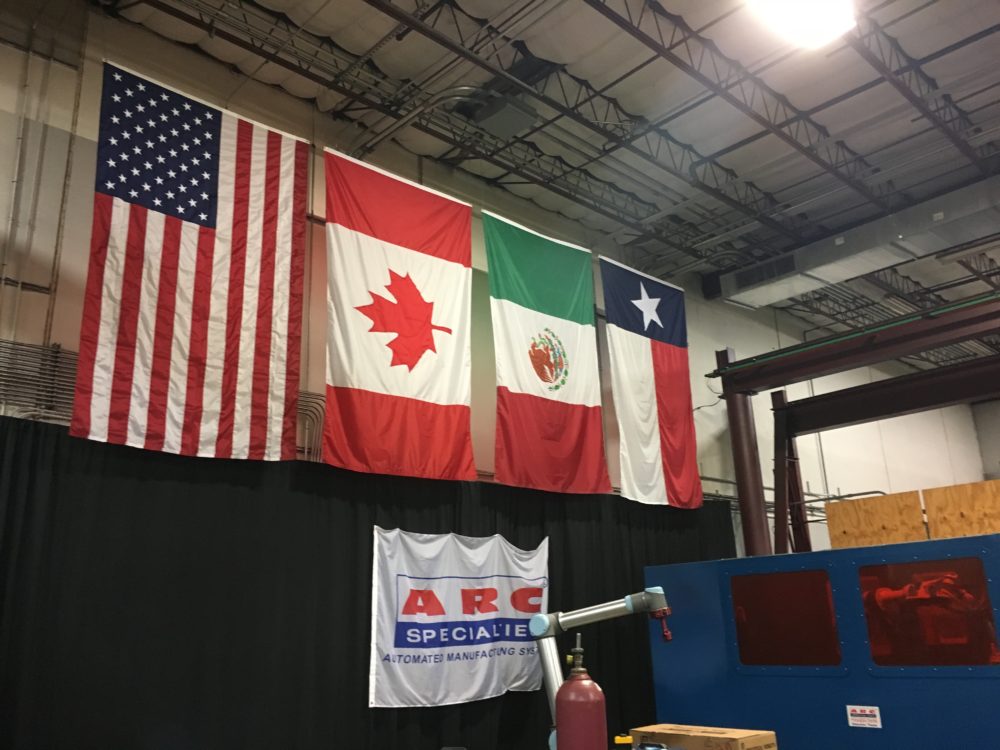After long and difficult negotiations among the parties to the North American Free Trade Agreement – all against the backdrop of President Donald Trump’s well-known opposition – a breakthrough may be at hand. So says U.S. Trade Representative Robert Lighthizer.
Raymond Robertson is Helen and Roy Ryu chair in economics and government at Texas A&M University. He says a number of individual issues have plagued negotiators for the past few months. Now, he says, the U.S. Is pursuing a more bilateral approach to talks – working with either Mexico or Canada alone, rather than in a group. The administration has recently been working directly with Mexico, as it continues a war of words with Canada.
“[That] plays to the Trump administration’s strengths,” Robertson says. “They’ve preferred bilateral negotiations, and I think that might be a reason why we’re seeing some progress.”
If Canada doesn’t accept an agreement made between the other two NAFTA countries, the agreement can’t go forward.
“I think it tries to send a signal to Canada that we, as the United States, will deal with you separately,” Robertson says. “And as a matter of fact, the Trump administration has even said ‘we’ll add extra tariffs on you if you don’t play ball.”
Robertson says he thinks the U.S. will eventually work to achieve an agreement between all three countries, because getting the needed approvals through Congress would be far more challenging, otherwise.
Written by Shelly Brisbin.

















